
Article Summary: Mesa Verde National Park Facts
Mesa Verde National Park Facts! In this article, More Than Just Parks provides you with 11 amazing facts about one of America’s most magnificent national parks.
More Than Just Parks is your one-stop-shop when it comes to learning everything you’ll need to know about America’s national parks. We’ve got expert guides, beautiful photos, helpful tips, breathtaking films and so much more.
I’ve been to so many of these amazing places since retiring from teaching in 2018. Did I mention that I taught history? I spent a lifetime teaching about the history behind some of these natural wonders. Then I got to see them firsthand. And now I’m sharing some of the incredible stories about these beautiful places with you. It doesn’t get any better than that!
More Than Just Parks takes a deeper dive with its national park facts. We’ve done our homework so that you’ll get more than you bargained for.
Without further ado, let’s dive in.

Table Of Contents: Mesa Verde National Park Facts
Mesa Verde National Park Facts
- Facts About Mesa Verde National Park
- Mesa Verde National Park Facts
- Top 5 Mesa Verde National Park Facts
- Top 11 Mesa Verde National Park Facts
- 6. Two Women Played An Indispensable Role In The Protection Of Mesa Verde
- 7. Mesa Verde Is The Only Park In The Country Where Four States Come Together
- 8. Mesa Verde Contains Over 4,000 Archaeological Sites
- 9. The Park Is A UNESCO World Heritage Site
- 10. There’s Wonderful Wildlife To Be Seen At Mesa Verde
- 11. Mesa Verde Is An International Dark Sky Park
- Why Trust Us About Mesa Verde National Park?
- Meet The Parks Brothers
- Map Of Mesa Verde National Park
- We Hope You’ll Follow Our Journey
Facts About Mesa Verde National Park
Some Basic Facts About Mesa Verde National Park
Mesa Verde National Park is a national park in southwestern Colorado. It’s located in the Mesa Verde region and is known for its well-preserved Ancestral Puebloan cliff dwellings, which were built by the Puebloan people between 600 and 1300 AD.
The park covers an area of 52,485 acres and is home to over 4,700 known archeological sites, including 600 cliff dwellings.
The cliff dwellings are located in a number of alcoves and on cliffs throughout the park. They were built using a combination of sandstone, wood, and mud, and were used as homes and ceremonial sites by the Puebloan people. The dwellings range in size from one-room structures to large, multi-room complexes, and are connected by a network of trails and ladders.
In addition to the cliff dwellings, Mesa Verde National Park also features a number of outdoor recreational activities, including hiking, biking, and horseback riding on the park’s trails.
There are also a number of ranger-led tours and educational programs available to visitors, as well as a number of amenities, including campsites, picnicking areas, and a visitor center.
The park is located about 20 miles west of Durango, Colorado, and is a popular destination for history buffs and nature lovers.
It’s a UNESCO World Heritage Site and has been designated as a National Historic Landmark.
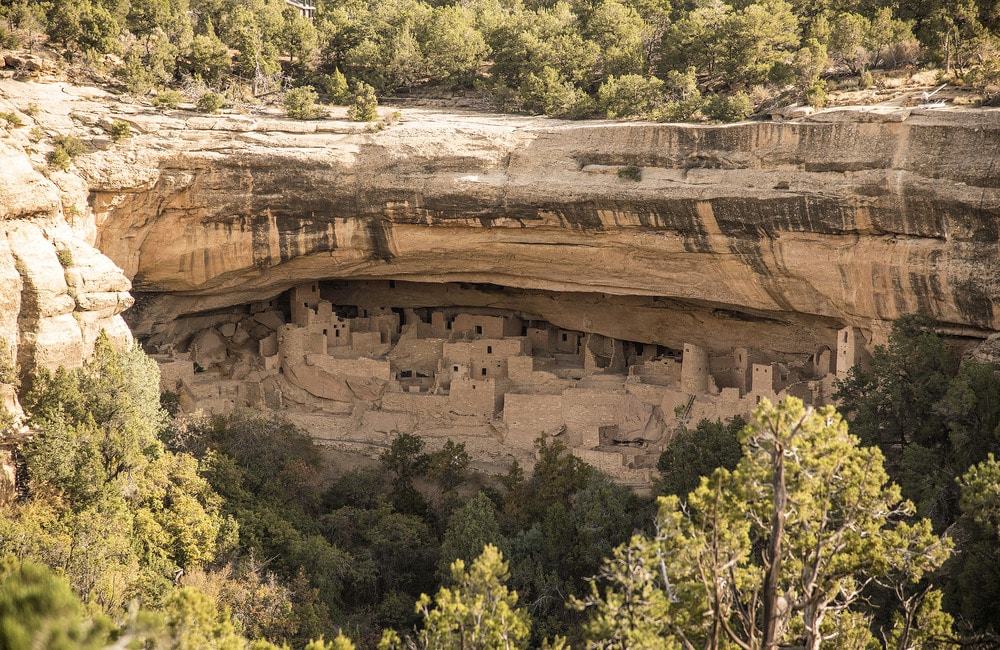
Some basic facts about Mesa Verde National Park include the following:
- Location: Colorado
- Acreage: 52,485 acres
- Visitation: Since 2016, the park has averaged over half a million visitors annually.
- Highest Elevation: Point Lookout is an 8,427-foot elevation sandstone summit located in Mesa Verde National Park.
- Lowest Elevation: The lowest elevation found in Mesa Verde is 6,015 feet at Soda Canyon.
- Average annual precipitation: With an average annual precipitation of just 18 inches, Mesa Verde remains dry despite being between 6,000 and 8,572 feet high. June is the driest month, with just over 1/2 inch of rain, and August is the wettest, with 2 inches. The park typically receives 80 inches of snow in a season.
- When Did It Become A National Park? On June 29, 1906, President Theodore Roosevelt established Mesa Verde National Park to “preserve the works of man,” the first national park of its kind.
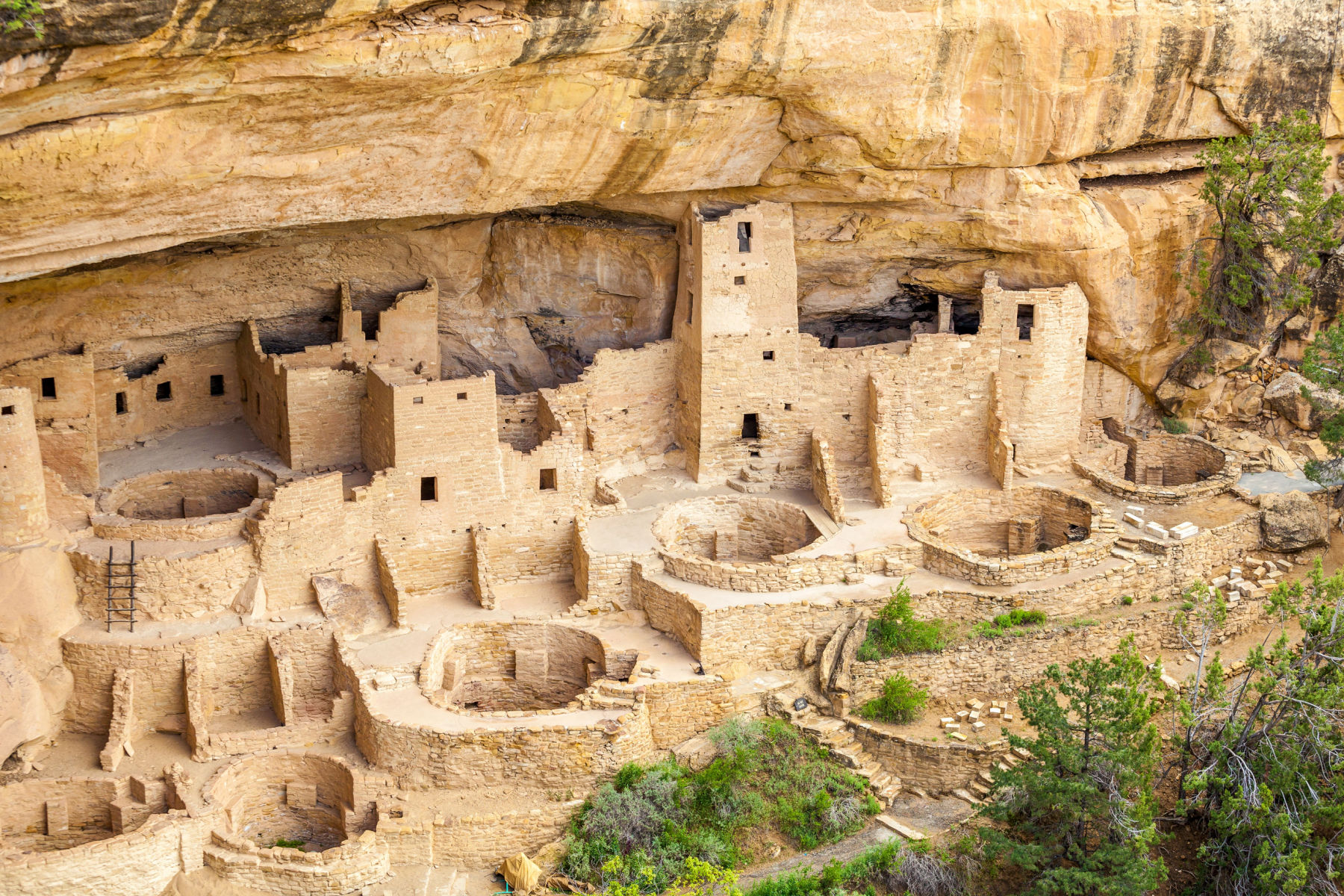
CHECK OUT: These 12 Colorado National Parks Will Blow Your Mind
Mesa Verde National Park Facts
Top 5 Mesa Verde National Park Facts
1. The Earliest Known Peoples Were The Anasazi
When I write articles about the amazing facts associated with America’s national parks, I am always fascinated by the stories of the earliest peoples. Perhaps that’s because I spent my career teaching history.
Whatever the reason, one of my favorite Mesa Verde National Park Facts has to do with its earliest known inhabitants.
Mesa Verde was originally inhabited by the ancestors of the Puebloan Native Americans beginning in 550 A.D.
Mesa Verde is Spanish for “green table” and, by about 1,000 A.D., the area was inhabited by the Anasazi, which is Navajo for “ancient ones.”
These were the cliff-dwellers who would leave behind some truly astounding archaeological relics of a civilization far more advanced than many realized when it was first discovered.
While they did not develop a writing system, they left behind rich archaeological remains that, along with oral stories, were passed down through the ages. These marvelous stories have allowed researchers to reconstruct their past.
What’s most impressive is that the Anasazi built more than 600 structures into the cliff faces of Mesa Verde.
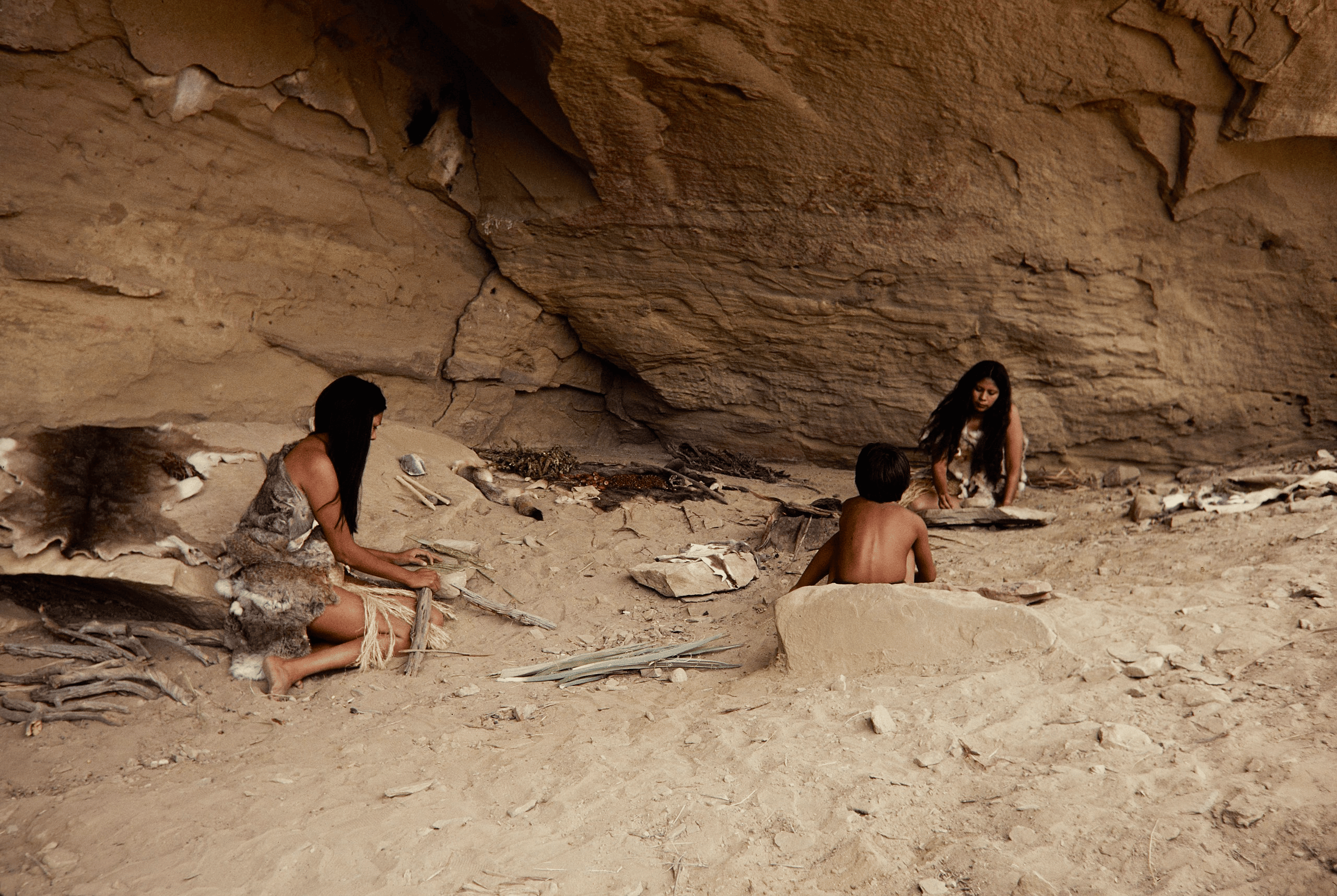
Mesa Verde’ Classic Period
The Anasazi built a complex culture that reached its zenith in the years from 1100-1300 A.D. These years were known as Mesa Verde’s Classic Period.
During the period arts and crafts reached the peak of their development. Walls were of fine horizontal masonry, and the villages were terraced structures of as many as 200 rooms.
Some of the houses reached a height of four stories. Kivas were constructed in open courts, one single village having as many as 23 of these ceremonial rooms.
The pottery was well-shaped, carefully fired, and beautifully decorated with geometric and animal figures. The cotton cloth was often elaborately decorated.
A rigid, matriarchal social structure developed, and a highly ritualistic religion evolved. This religion became so important in the lives of the people that separate buildings, designed solely for ceremonies, were sometimes constructed.
The hundreds of cliff dwellings which remain today attest to the magnitude of the migration to this area.
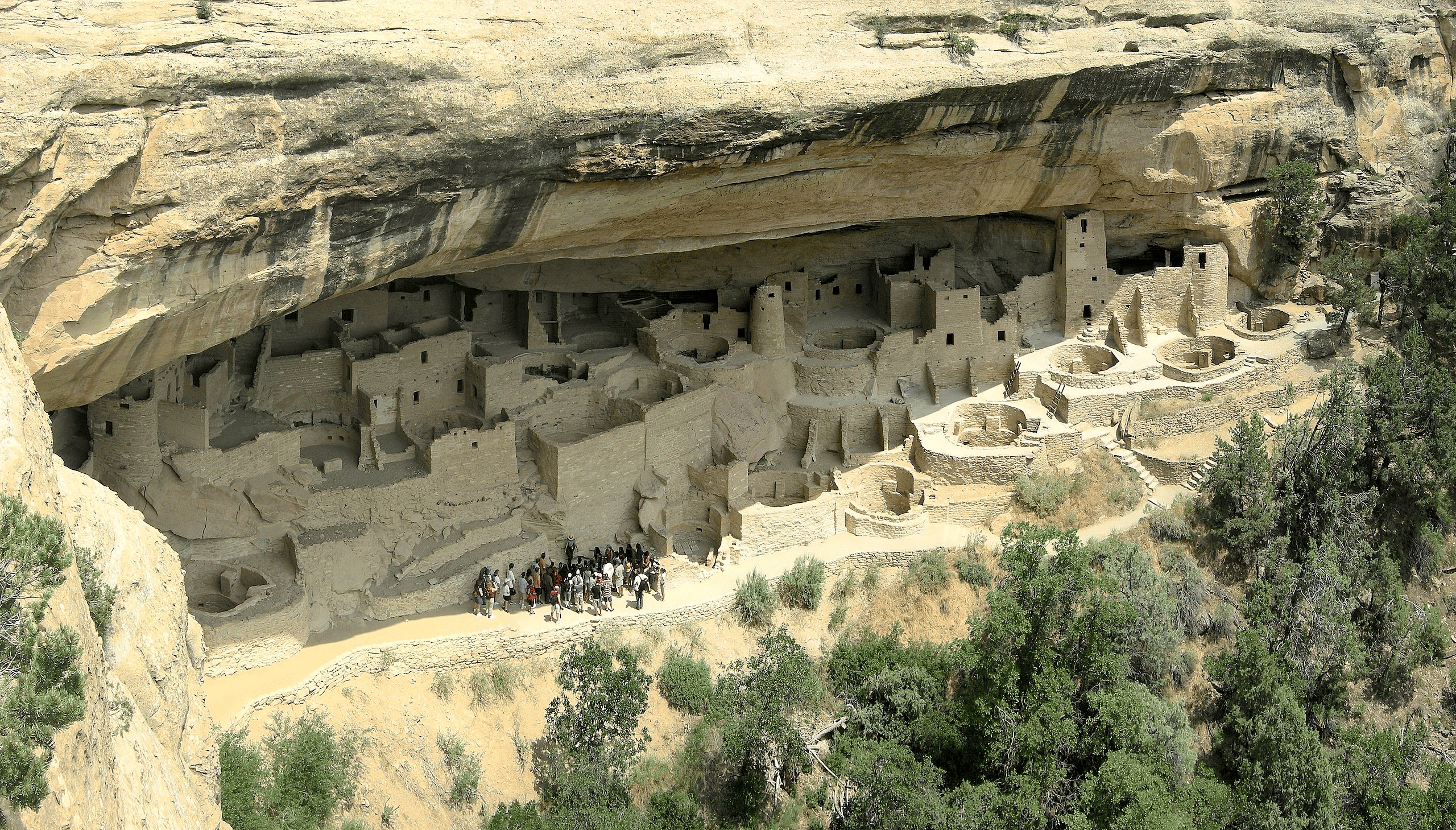
CHECK OUT: 11 AMAZING Facts About Arches National Park
2. The Cliff Palace Is The Largest Structure In Mesa Verde
Another of the fascinating Mesa Verde National Park Facts pertains to the largest structure to be discovered there. It’s called the Cliff Palace and was named after the two men who discovered it (see next section).
According to the National Park Service, recent studies reveal that the Cliff Palace contained 150 rooms and 23 kivas and had a population of approximately 100 people.
Out of the nearly 600 cliff dwellings concentrated within the boundaries of the park, 75% contain only 1-5 rooms each. Many are single room storage units.
If you visit the Cliff Palace you will see an exceptionally large dwelling which may have had special significance for its original occupants.
It is thought that Cliff Palace was a social and administrative site with high ceremonial usage.
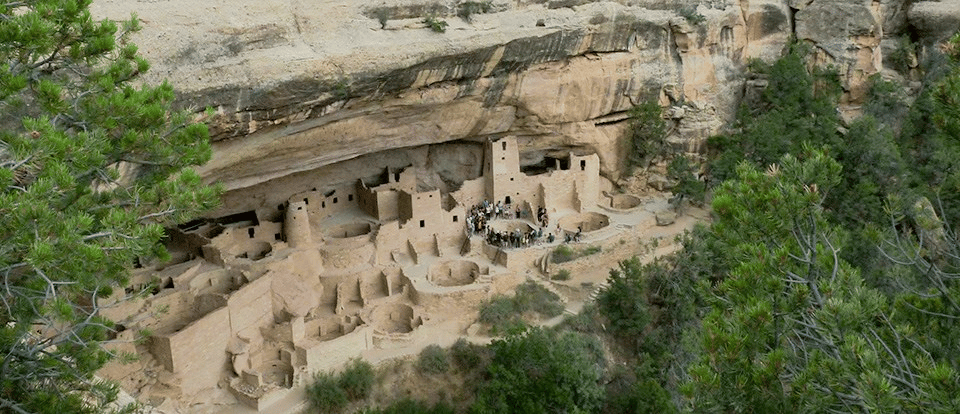
CHECK OUT: 14 AMAZING Facts About Canyonlands National Park
3. The Cliff Palace Was Discovered By Two Cowboys
One of my favorite Mesa Verde National Park Facts involves the story of two Colorado Cowboys who discovered the Cliff Palace in 1888.
Charlie Mason and his brother-in-law, Richard Wetherill, made history in December of 1888. That was when they discovered the ruin which they named Cliff Palace.
The two cowboys returned home with the news of their incredible find. They did not arrive that day however. When they reached the camp of several friends, they excitedly told of their discoveries in the canyons.
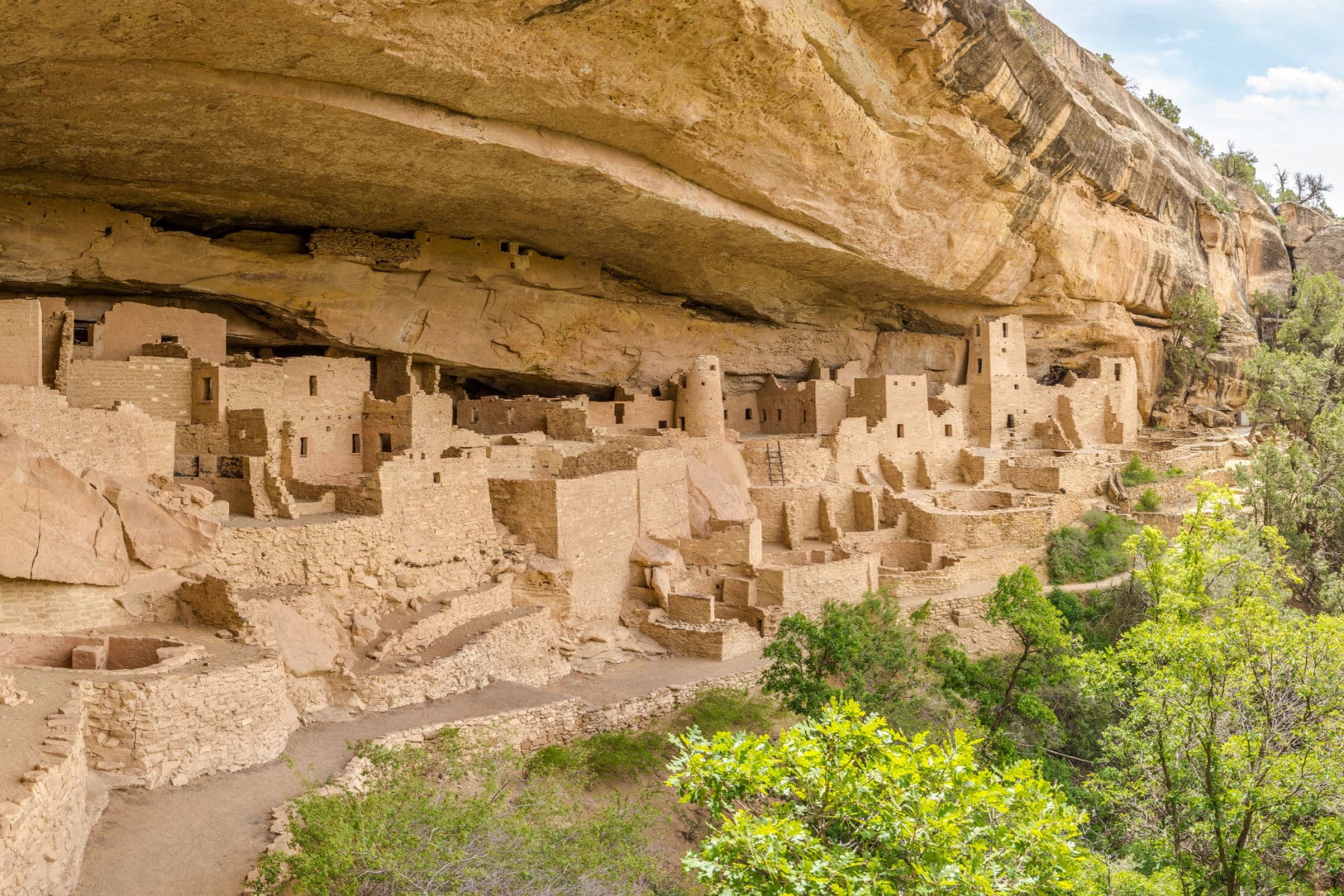
Richard Wetherill
Richard Wetherill went on to learn the location of more ruins than anyone else at that time.
His knowledge made him an essential contact for anyone hoping to find undisturbed sites in Arizona, New Mexico, Utah, and Colorado.
He attracted considerable attention among potential excavators, and, by the mid-1890s, the Alamo Ranch became the meeting place for people interested in excavating ruins in the Southwest.
Many travelers came to see the Mesa Verde ruins and to talk with Wetherill about the possibility of future expeditions to more remote places.
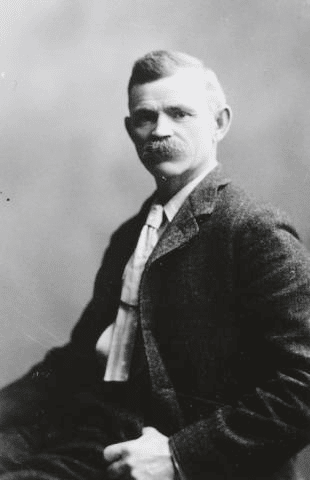
The Ancient Ones
Anasazi, the Navajos’ name for the “Ancient Ones” who preceded them into the Southwest, is the nickname of Richard Wetherill, who devoted his life to a search for remains of these vanished peoples.
He discovered the cliff dwellings of Mesa Verde and Kiet Siel and the Basket Maker sites at Grand Gulch, Utah, and at Chaco Canyon.
He also initiated the excavation of Pueblo Bonito, the largest prehistoric ruin in the United States. His discoveries are among the most important ever made by an American archaeologist.
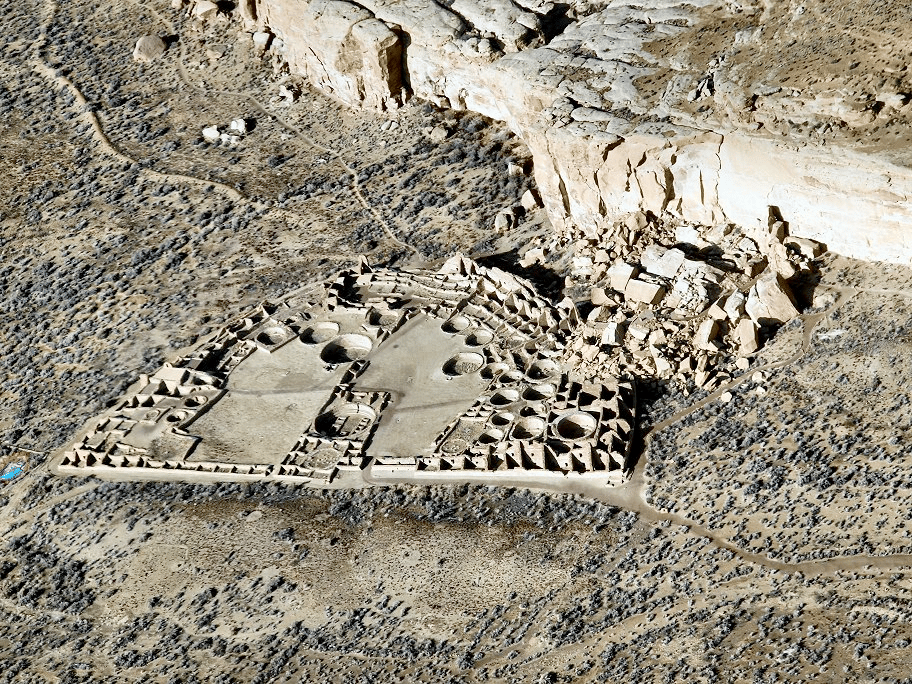
To learn more about these amazing individual, I recommend: Richard Wetherill – Anasazi: Pioneer Explorer of Southwestern Ruins by Frank McNitt.
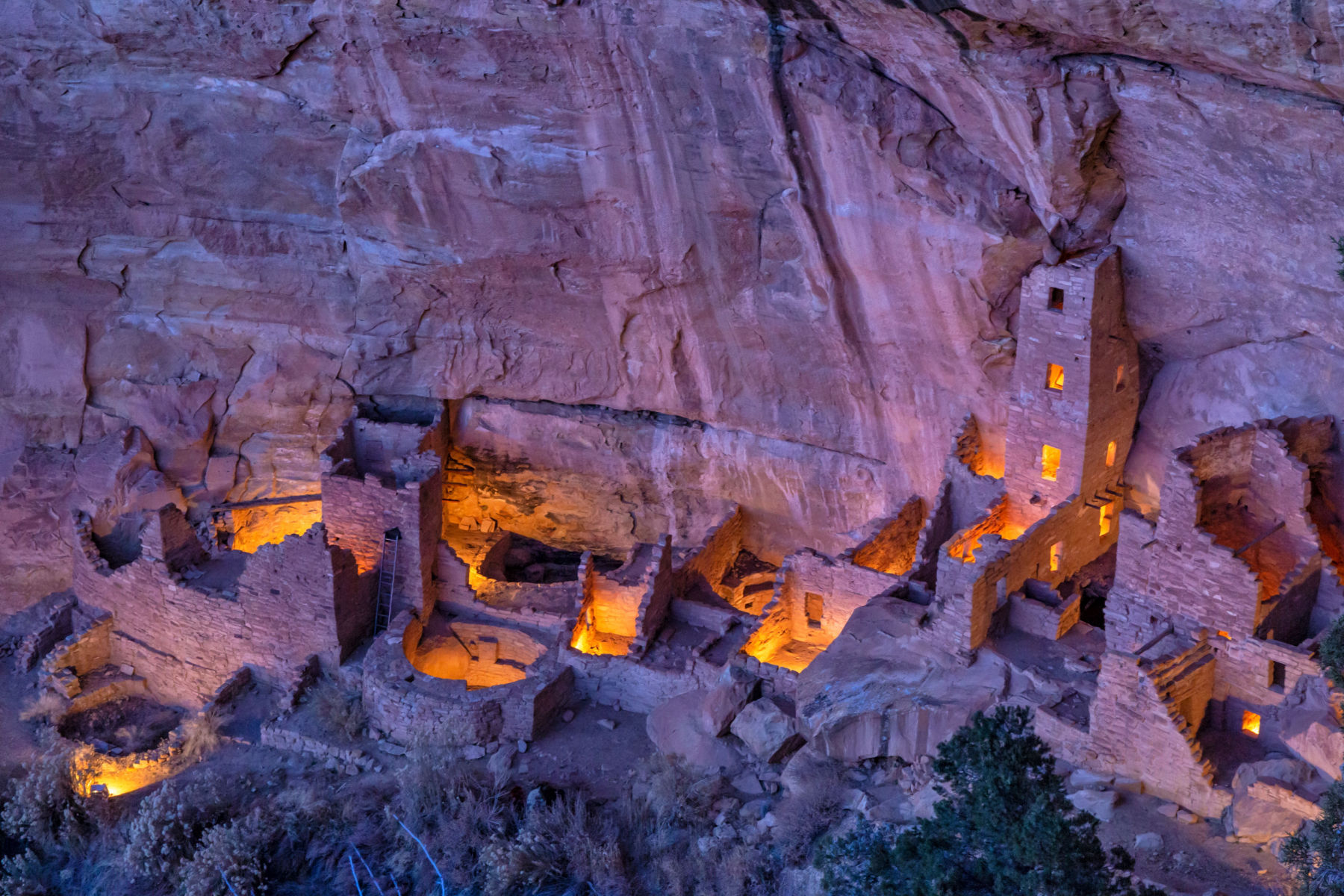
CHECK OUT: 12 AMAZING Facts About Capitol Reef National Park
4. Two Other Important Cliff Dwellings
After discovering the Cliff Palace, Richard Wetherill and Charlie Mason also discovered Spruce Tree House and Square Tower House.
If you’re planning a visit to Mesa Verde then, along with the Cliff Palace, these are three of the more important cliff dwellings. You should definitely plan on seeing them.
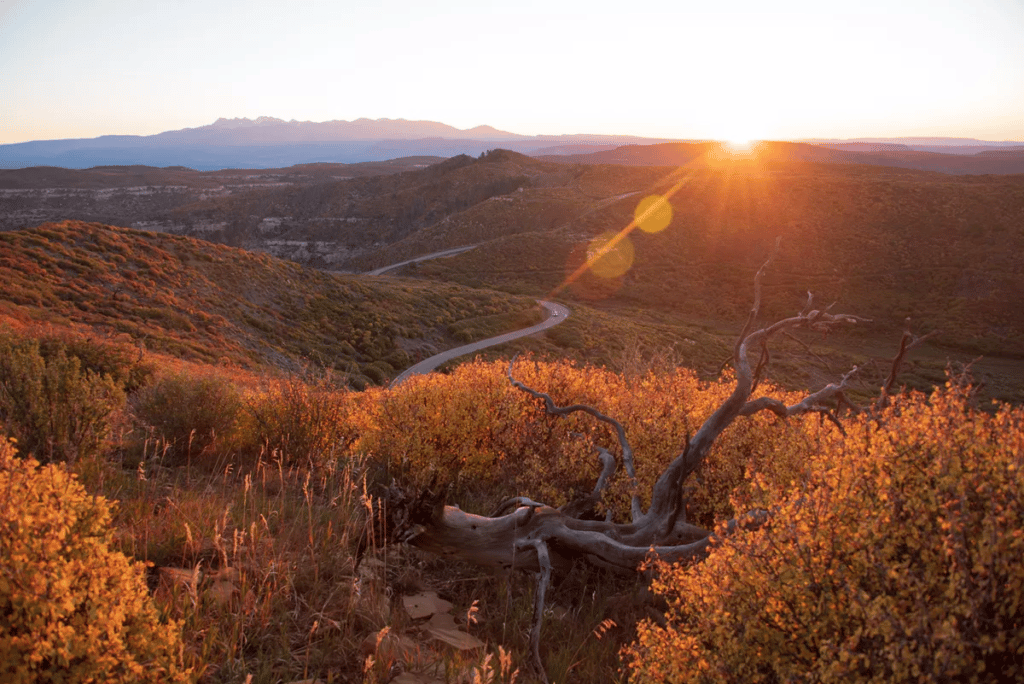
Check Out Spruce Tree House
Spruce Tree House is the third largest cliff dwelling in the park, with Cliff Palace and Long House being larger.
Spruce Tree House was constructed between about 1211 and 1278 CE by the ancestors of the Pueblo peoples of the Southwest.
The dwelling contains about 130 rooms and 8 kivas, which are ceremonial chambers built into a natural alcove that measures 216 feet at its greatest width and 89 feet at its greatest depth.
It is believed to have been home to 60 to 80 people.
The dwelling is well-preserved and open to visitors, providing a glimpse into the lives of the ancient Pueblo people who built it.
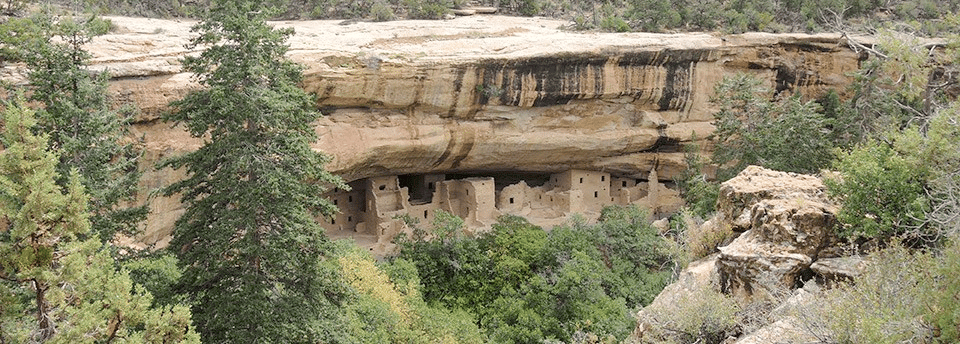
Square Tower House
Square Tower House is an impressive three-storied structure located beneath a slightly overhanging cliff.
Built in the mid-1200s, it is the tallest structure in Mesa Verde and retained its stature as the tallest man-made structure in America until the mid-1800s.
The alcove above Square Tower House is not as deep as those that overhang over the other major cliff houses. This may be why the builders had to expend the structure upwards.
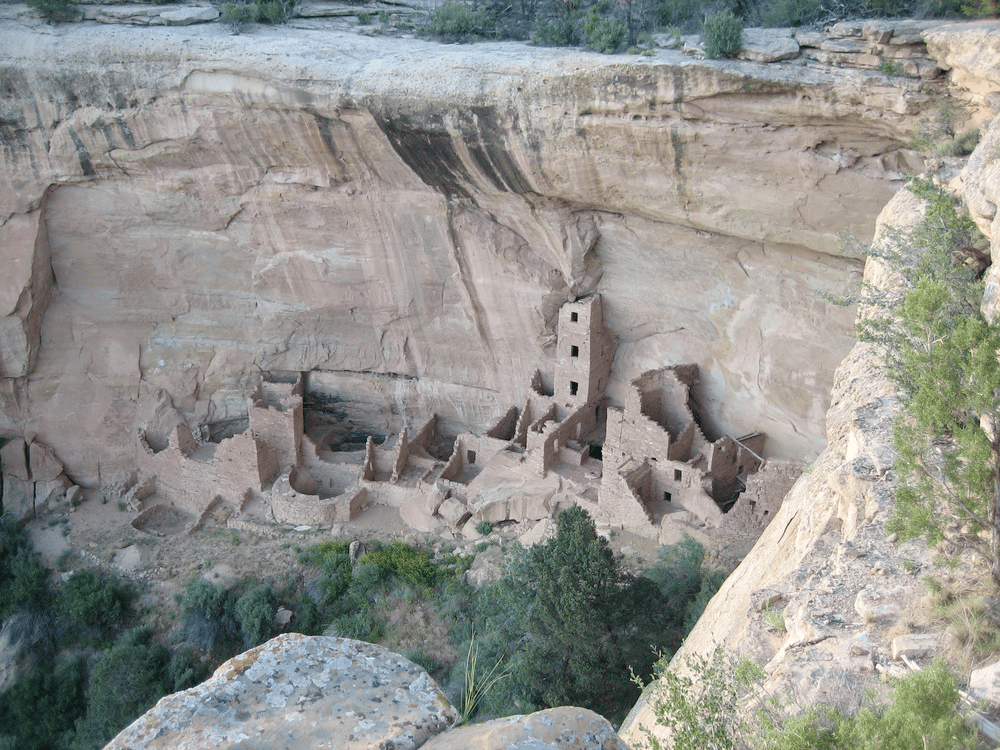
CHECK OUT: 10 AMAZING Facts About Carlsbad Caverns National Park
5. An Amateur Archaeologist Called National Attention To Mesa Verde
Another of the fascinating Mesa Verde National Park Facts involves the efforts of an amateur archaeologist to publicize the importance of this archaeological phenomenon.
Frederick Hastings Chapin, in addition to being an amateur archaeologist, was an American businessman, mountaineer, photographer and author.
He visited the Mesa Verde region during the summers of 1889 and 1890. Chapin used Richard Wetherill and members of his family as guides.
Chapin came to Mesa Verde to experience it and write about it. He believed that his major contribution would be his photographs and description of the ruins.
What he did was to write a book titled The Land of the Cliff-Dwellers.
His work called national attention to the importance of this area and helped to build public support for protecting it.
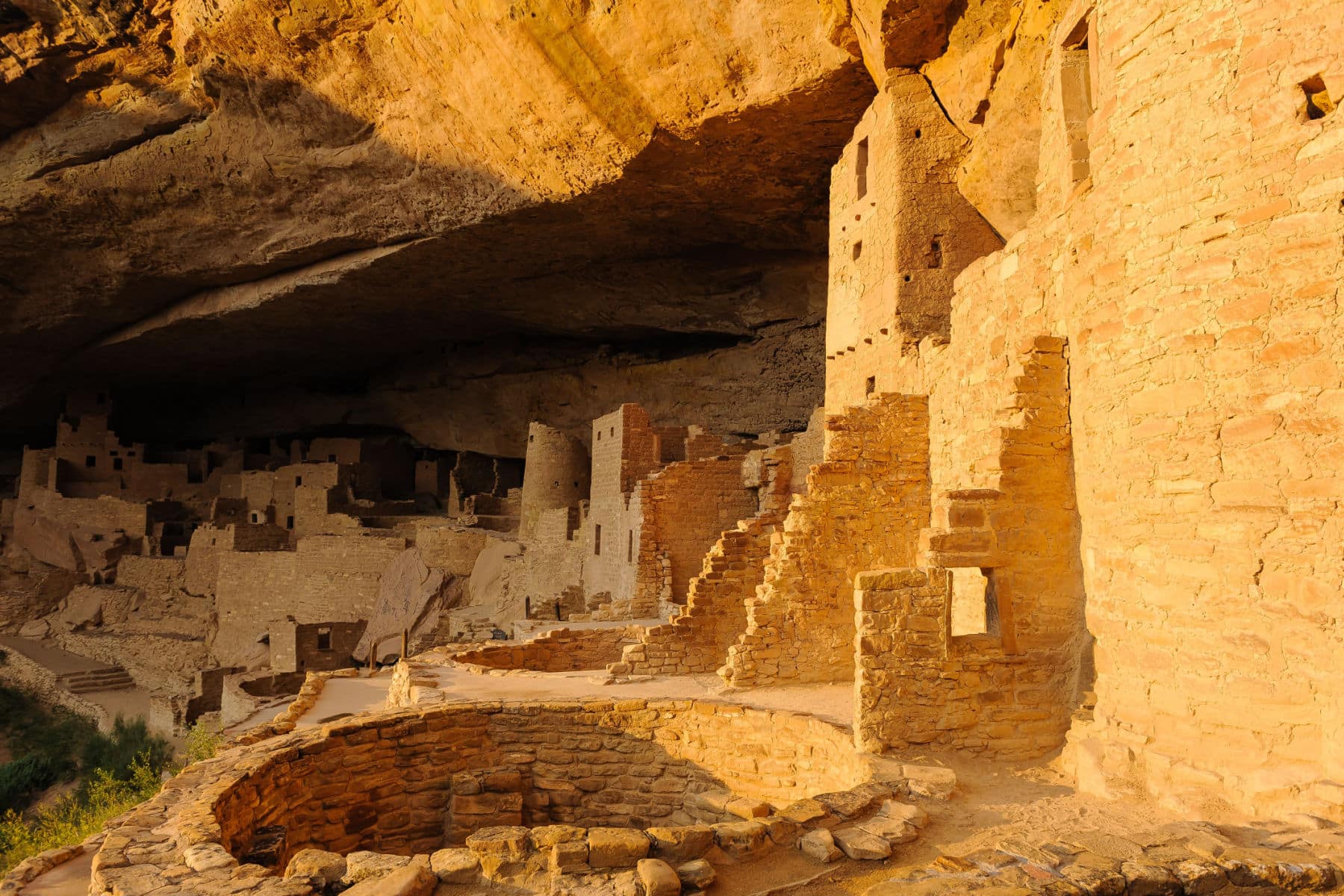
CHECK OUT: 15 (FASCINATING) Death Valley National Park Facts You Probably Didn’t Know
Top 11 Mesa Verde National Park Facts
6. Two Women Played An Indispensable Role In The Protection Of Mesa Verde
Just when you thought we couldn’t come up with any additional amazing Mesa Verde National Park Facts we do.
Two women played an indispensable role in the the protection of this important place. Their names were Virginia McClurg and Lucy Peabody.
In less than a decade after the discovery of the ruins by Charlie Mason and Richard Wetherell, Mesa Verde was in danger of being pillaged and destroyed by overzealous tourists and souvenir seekers.
According to the National Park Service, the situation demanded a leader determined to stay the course in the face of setbacks and public apathy. Previous efforts to stem the destruction had failed.
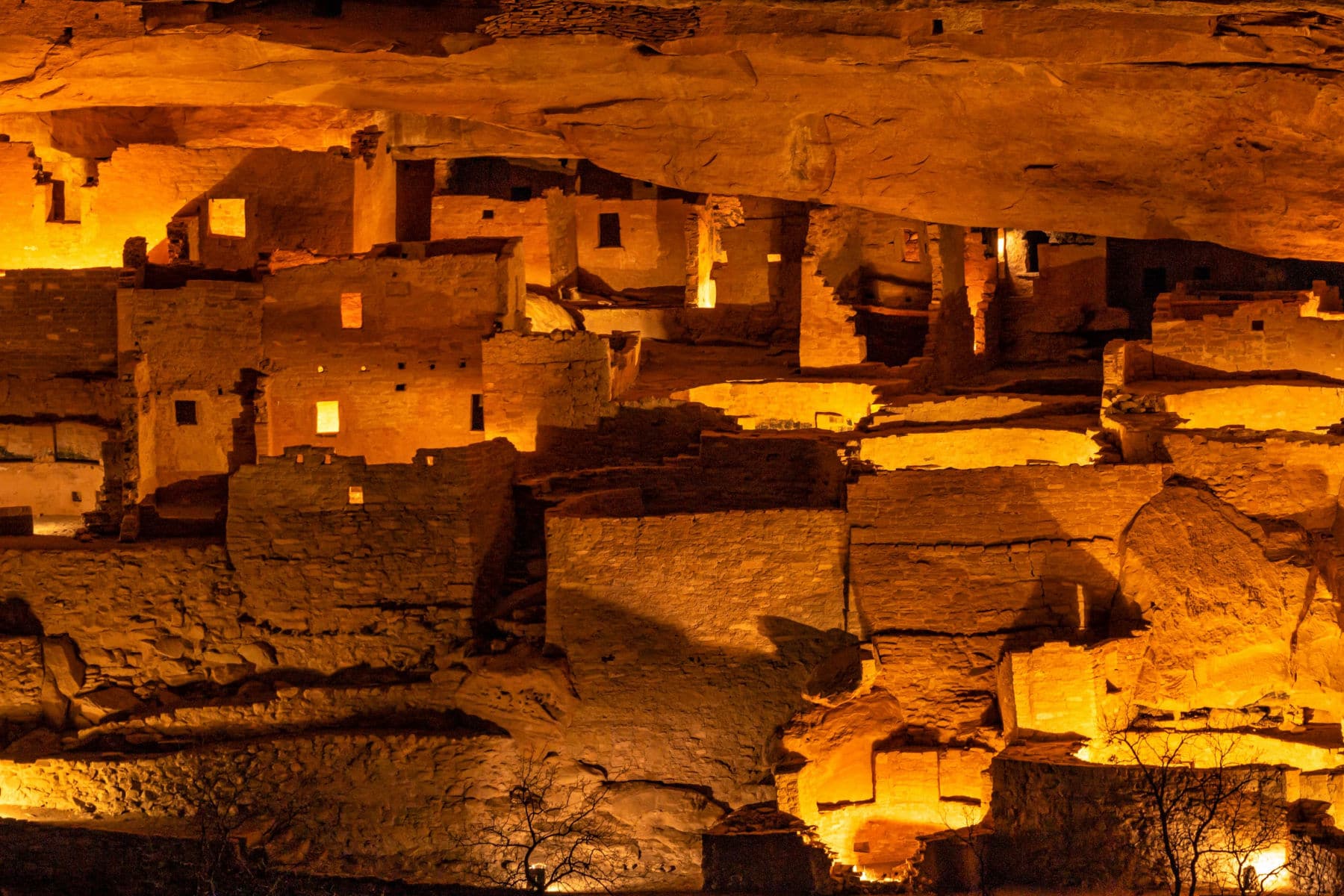
Enter The Irrepressible Virginia McClurg
Enter the irrepressible Virginia McClurg. Her interest in Mesa Verde dated back to her early visits (as Virginia Donaghe) in 1882 and 1886. She and her followers launched a campaign that lasted for over a decade.
In the 1890s, McClurg turned into a one-woman crusade, passionately devoted to saving the ruins and creating a park.
She launched an emotional campaign in Colorado to awaken the public. McClurg’s message was soon transmitted to the rest of the American public.
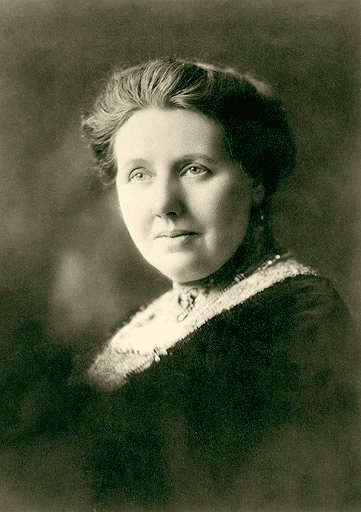
A One-Woman Crusade Becomes A Two-Women Crusade
Virginia McClurg proved to be a brilliant grass-roots organizer who, through a series of women’s clubs and organizations, was able to build public support for the preservation and protection of Mesa Verde.
She created the Colorado Cliff Dwellers Association with the goal of securing the preservation and protection of Mesa Verde.
What she lacked, however, was strong political support in the nation’s capitol. To gain this she recruited a politically-connected lieutenant by the name of Lucy Peabody.
Peabody became McClurg’s lieutenant in the battle, led the fight in Washington, D.C., where she had previously worked and still retained excellent connections.

Mesa Verde Women
According to the National Park Service, behind McClurg and Peabody stood a loyal, hard-working cadre of women. Ella McNeil, the wife of one of Colorado’s prominent bankers, worked in Washington, D.C., and Colorado.
Ella Adams, the wife of former governor Alva Adams, joined the cause.
So did Luna A. Thatcher of the Thatcher banking family and an energetic host of Durango women that included Alice Bishop; her mother, Jeanette Scoville; and Estelle Camp, McNeil’s sister-in-law.
Perhaps the most outspoken of the group was Helen Stoiber of Silverton, Colorado.
They became known as the “Mesa Verde Women.”
Through their efforts they were able to persuade both the House and the Senate to introduce bills in support of creating a national park at Mesa Verde.
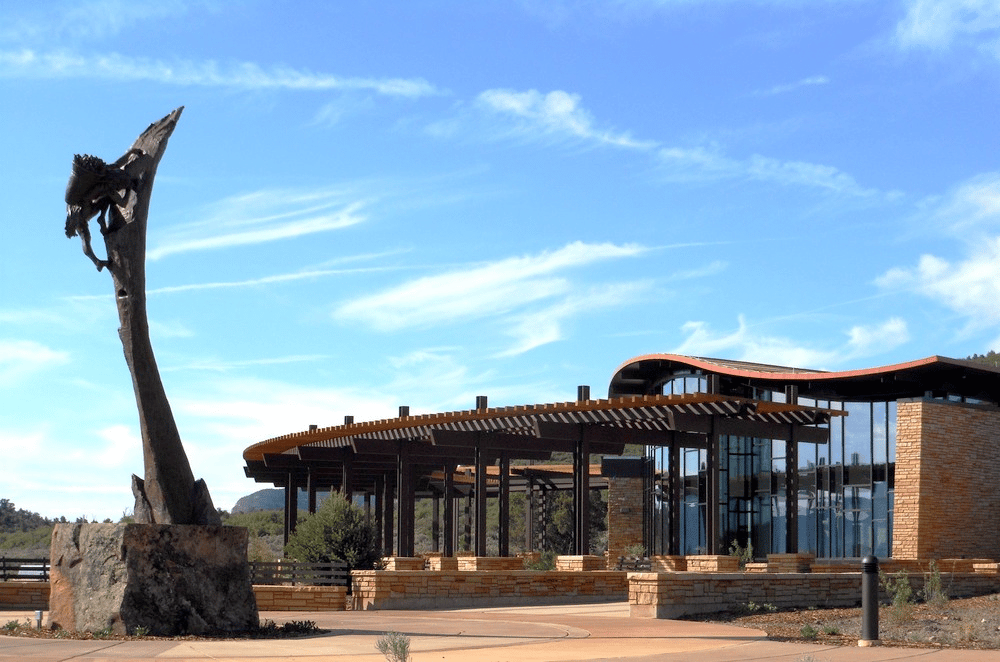
A House Divided
One of my favorite quotes is by one of my favorite presidents – Harry S. Truman. He once said, “It is amazing what you can accomplish if you do not care who gets the credit.”
Unfortunately for Virginia McClurg and Lucy Peabody, both women were strong-willed and independent-minded.
Perhaps this would not have been a bad thing had it not been for the fact that both women did care who actually got the credit. And both believed that it deserved to be them.
McClurg did not believe that enough of the credit and control would go to her. So she came out against legislation supporting the creation of a national park at Mesa Verde.
Peabody took the opposite position. The Mesa Verde Women found themselves a “house divided.”
Virginia won the battle, but Lucy won the war. Peabody resigned from the organization taking her followers with her while leaving McClurg with a decimated membership and a discredited cause.
“A house divided against itself cannot stand.”
-Abraham Lincoln
The Mother Of Mesa Verde National Park
The Senate and House of Representatives passed bills creating Mesa Verde National Park along with an even more important piece of legislation – The Antiquities Act – in June of 1906.
On June 29th, President Theodore Roosevelt signed the legislation.
The American Anthropological Association hailed the tireless efforts of Lucy Peabody while the press hailed her as the “Mother of Mesa Verde National Park.”
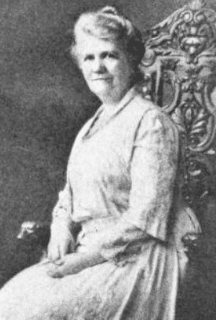
As for Virginia McClurg, no mention was made of her. She was largely forgotten to history until much later.
It was King Solomon in the Book of Proverbs who once said, “People who are overconfident or too arrogant are likely to fail.”
Virginia McClurg lost sight of why she began the fight and, despite her years of hard work, failed to receive any of the credit for what was a monumental undertaking and one which has benefited countless generations ever since.
To learn more about this amazing story and many others connected with the history of Mesa Verde National Park, I recommend reading: Mesa Verde National Park: Shadows of the Centuries by Duane A. Smith.
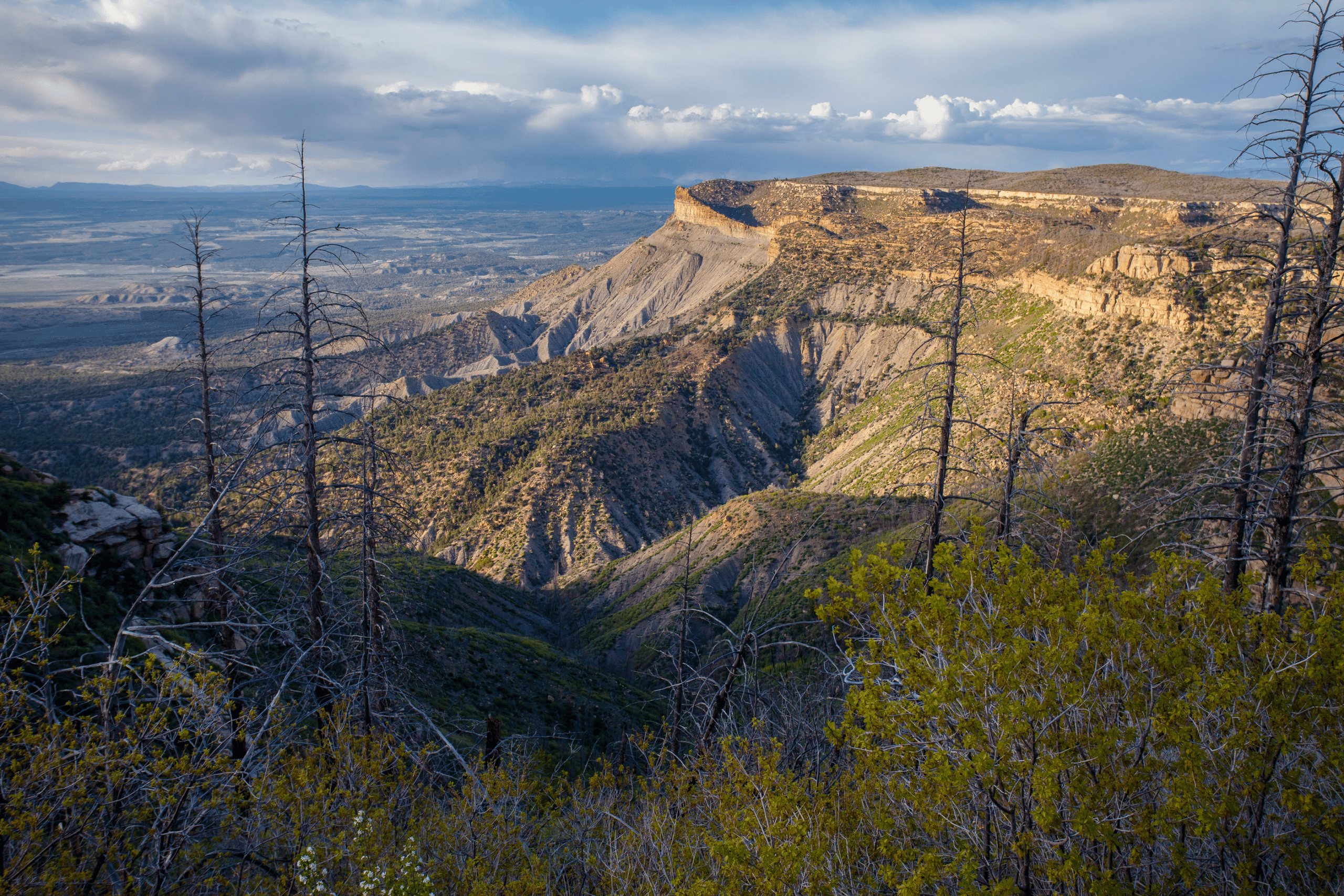
7. Mesa Verde Is The Only Park In The Country Where Four States Come Together
Another fascinating Mesa Verde National Park Fact has to do with its unique location. Located in Southwestern Colorado, its part of the Four Corners Region.
This is the only park in the United States where four states actually come together.

Furthermore, it’s America’s seventh oldest national park and its first cultural park.
In addition to the Four Corners Monument — where Colorado’s southwest border meets Arizona, Utah and New Mexico — the area is filled with archaeological sites, remote landscapes and scenic byways waiting to be explored.
If you’re planning a trip there then I recommend taking the 116-mile Trail of the Ancients Scenic Byway.
Points of interest, in additional to Mesa Verde National Park of course, include the Ute Mountain Tribal Park’s rock art; the Canyons of the Ancients National Monument, home to Lowry Pueblo and bolstered by the Canyons of the Ancients Visitor Center & Museum that serves as a museum and jumping-off point to the monument; and even Hovenweep National Monument, straddling Utah and Colorado and known for its stone towers.
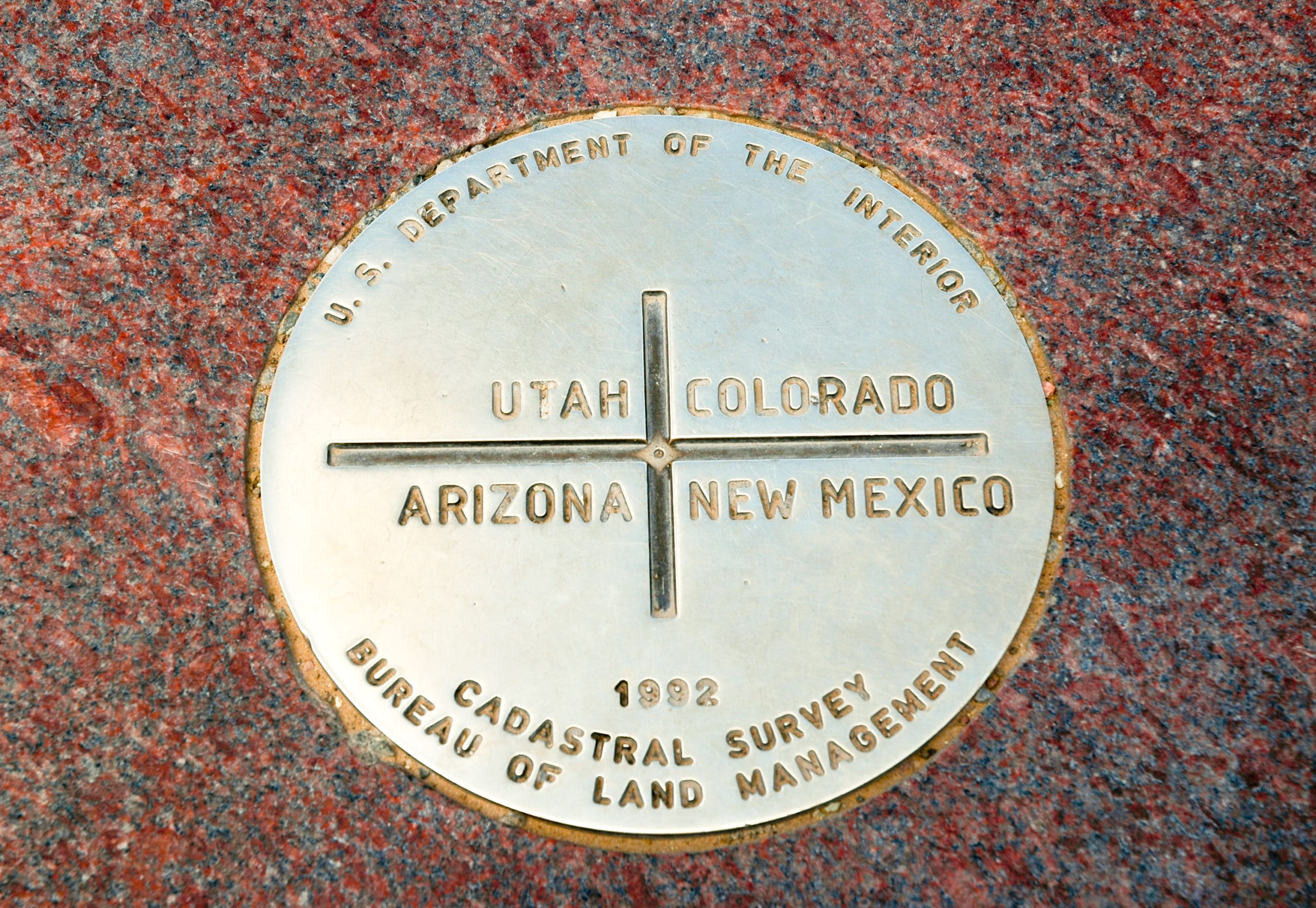
CHECK OUT: These 12 Colorado National Parks Will Blow Your Mind
8. Mesa Verde Contains Over 4,000 Archaeological Sites
One of my favorite Mesa Verde National Park Facts has to do with the sheer magnitude of ancient history featured at this amazing national park.
In fact, so far archaeologists have discovered over 4,7000 important archaeological sites, including more than 600 cliff dwellings, which continue to be protected and preserved by initiatives like the Archeological Site Conservation Program and the Stabilization and Structural Engineering Program.
According to the National Park Service, the stabilization crew at Mesa Verde National Park consists of professional archeologists and stone masons that work together to assure that each wall is properly documented and repaired to meet National Park Service standards.
As for the Archeological Site Conservation Program, it was created in 1994 as a means to link the many disciplines of archeological research and preservation activities that take place in the over 600 cliff dwellings that contain standing architecture.

9. The Park Is A UNESCO World Heritage Site
In 1978, Mesa Verde was selected as a UNESCO World Heritage Site.
A World Heritage Site is a natural or cultural site that demonstrates influence or significance in a global context (i.e., has “Outstanding Universal Value”), and has been inscribed on the World Heritage List by the United Nations Educational, Scientific, and Cultural Organization’s (UNESCO) World Heritage Committee.
The graphic link connecting modern life with the Indigenous peoples who built dwellings between the 6th and 12th centuries serves as an “archaeological laboratory” for building our understanding of the Ancestral Puebloan people.
According to UNESCO, the park’s staff regularly consults with local representatives from at least 26 Native American tribes who are culturally affiliated with Mesa Verde and consider the land to be their ancestral home.

10. There’s Wonderful Wildlife To Be Seen At Mesa Verde
If you love to watch wildlife then you’ll be thrilled to learn that there’s wonderful wildlife to be seen at Mesa Verde National Park.
According to the National Park Service, the park’s geographic isolation and its location in a geographic transition zone, help provide niches for a wide variety of animal species.
Currently, about 74 species of mammals, 200 species of birds, 16 species of reptiles, five species of amphibians, six species of fishes (four of which are native), and over 1,000 species of insects and other invertebrates spend at least part of the year within park boundaries.
Bobcats, coyotes, mule deer, rabbits, rabbits, weasels, lizards, snakes, owls, and more can all be found within the park.
Some animal species, such as the native fishes and amphibians, are confined to rather narrow econiches in a single biotic community.
Others, such as coyote, deer, and other large mammals, are found in a wide range of habitats.
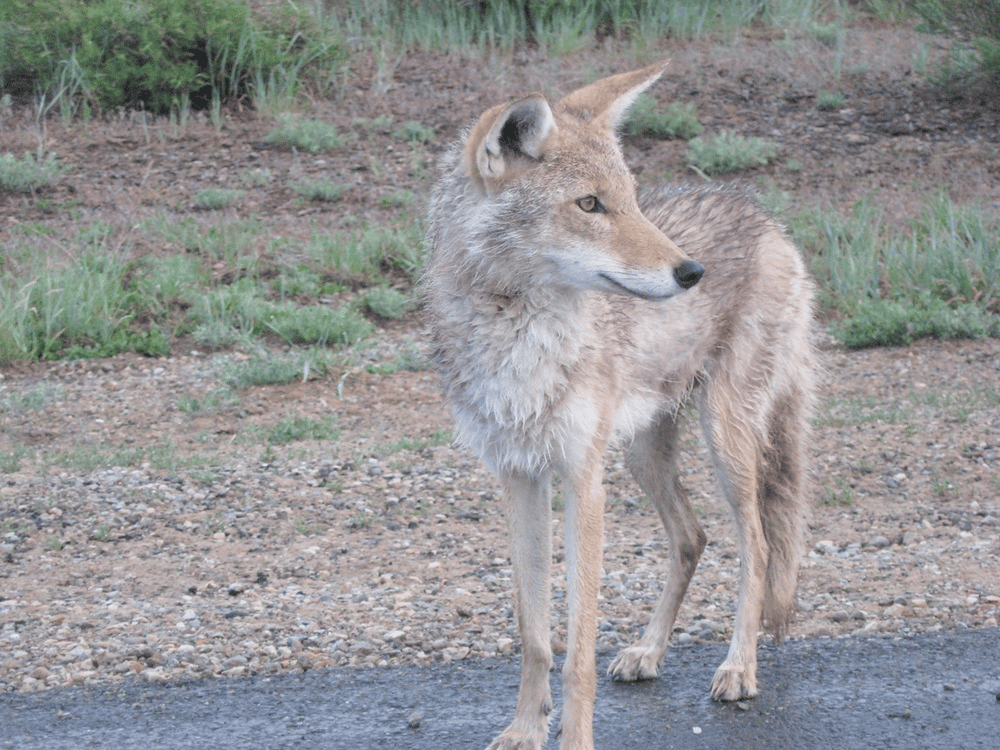
11. Mesa Verde Is An International Dark Sky Park
Our final Mesa Verde National Park Fact has to do with its special status as an International Dark Sky Park.
The park was established as the world’s 100th International Dark Sky Park in 2021 in recognition of the remarkable quality of the night sky and opportunities for visitors to experience astronomy-based interpretive programs.
An IDA International Dark Sky Park (IDSP) is a land possessing an exceptional or distinguished quality of starry nights and a nocturnal environment that is specifically protected for its scientific, natural, educational, cultural heritage, and/or public enjoyment.

Why Trust Us About Mesa Verde National Park?
We’re Jim Pattiz and Will Pattiz, collectively known as the Pattiz Brothers (and sometimes the Parks Brothers) and we absolutely LOVE the national parks.
You should probably know that we don’t just make this stuff up out of thin air. We’ve spent our entire adult lives exploring and filming America’s national parks and public lands.
We’ve worked with the National Park Service, the Department of Interior, USDA, and the U.S. Forest Service for years creating films on important places and issues. Our work has been featured in leading publications all over the world and even some people outside of our immediate family call us experts on the national parks.

Meet The Parks Brothers
Map Of Mesa Verde National Park
List Of Mesa Verde National Park Facts
- The Earliest Known Peoples Were The Anasazi
- The Cliff Palace Is The Largest Structure In Mesa Verde
- The Cliff Palace Was Discovered By Two Cowboys
- Two Other Important Cliff Dwellings
- An Amateur Archaeologist Called National Attention To Mesa Verde
- Two Women Played An Indispensable Role In The Protection Of Mesa Verde
- Mesa Verde Is The Only Park In The Country Where Four States Come Together
- Mesa Verde Contains Over 4,000 Archaeological Sites
- The Park Is A UNESCO World Heritage Site
- There’s Wonderful Wildlife To Be Seen At Mesa Verde
- Mesa Verde Is An International Dark Sky Park
We Hope You’ll Follow Our Journey
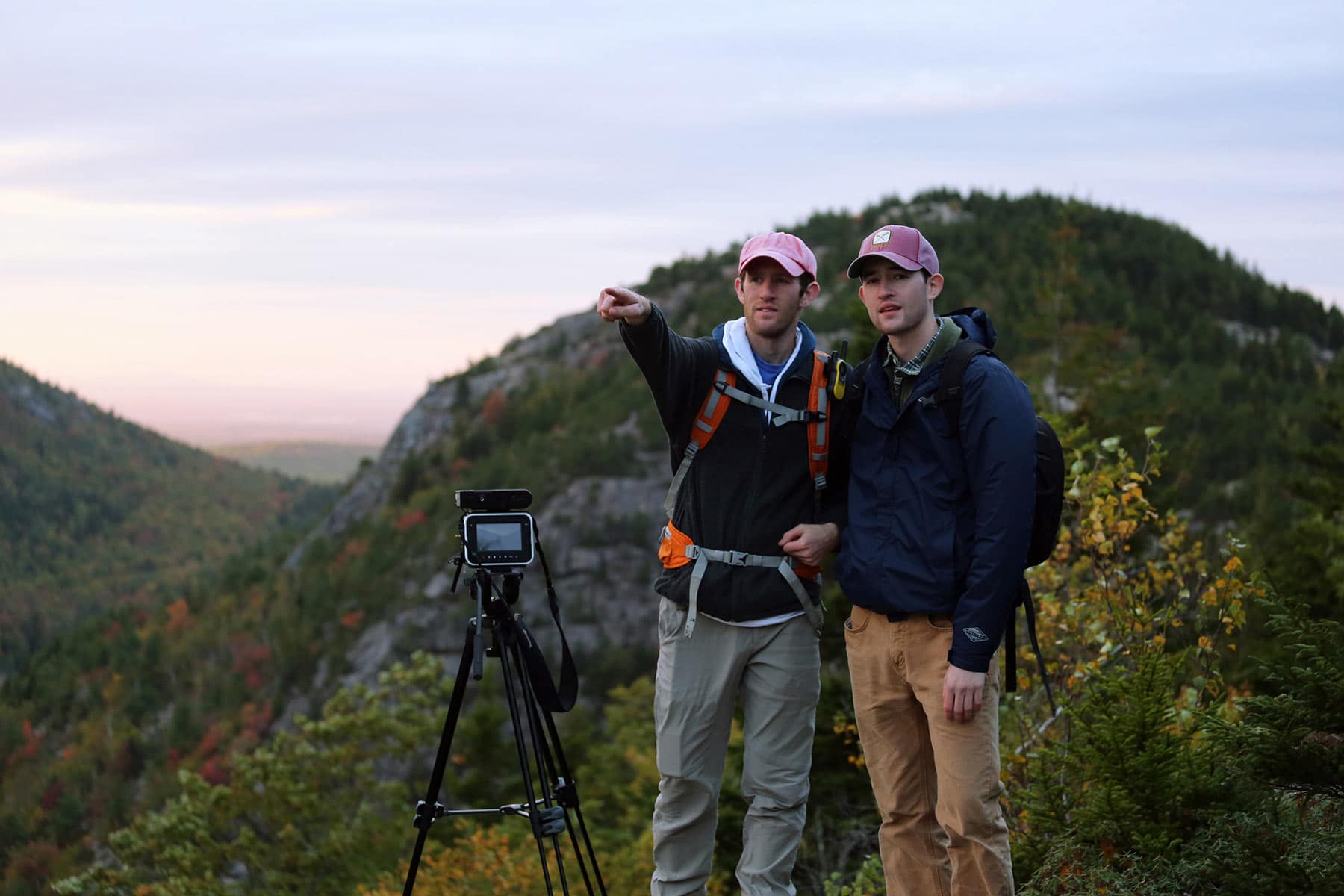
Our goal here at More Than Just Parks is to share the beauty of America’s national parks and public lands through stunning short films in an effort to get Americans and the world to see the true value in land conservation.
We hope you’ll follow our journey through the parks and help us to keep them the incredible places that they are. If you’re interested joining the adventure, sign up below!
Related Articles
Colorado National Parks: These 4 Colorado National Parks Will Blow Your Mind (Helpful Guide)
National Parks Near Denver: 6 Epic National Parks Near Denver You’ll Love
RMNP Guide: Rocky Mountain National Park: An Epic Guide to Colorado’s Alpine Gem
RMNP Hikes: 18 Epic Rocky Mountain National Park Hikes (+ Photos)
Things to Do Great Sand Dunes NP: 20 Amazing Things to Do at Great Sand Dunes National Park
National Parks: All 63 National Parks Ranked By Experts
National Monuments: Ultimate List Of National Monuments
Landmarks: 25 Famous Bucket List Landmarks In America (MUST-SEE)
Park Rangers: A Brief (& Informative) History Of America’s National Park Rangers
Gifts: 50 BEST National Park Gifts For The National Park Fan In Your Life
Books: 45 BEST National Parks Books
Revolutionary War Sites: 10 BEST Revolutionary War Sites In America
Civil War Sites: 10 BEST Civil War Sites In America
Civil Rights Sites: 10 BEST Civil Rights Sites In America
National Parks In Movies: Look Familiar? 25+ CLASSIC Movies Filmed In The National Parks
Television Shows: Look Familiar? 10+ CLASSIC Television Shows Filmed In The National Parks
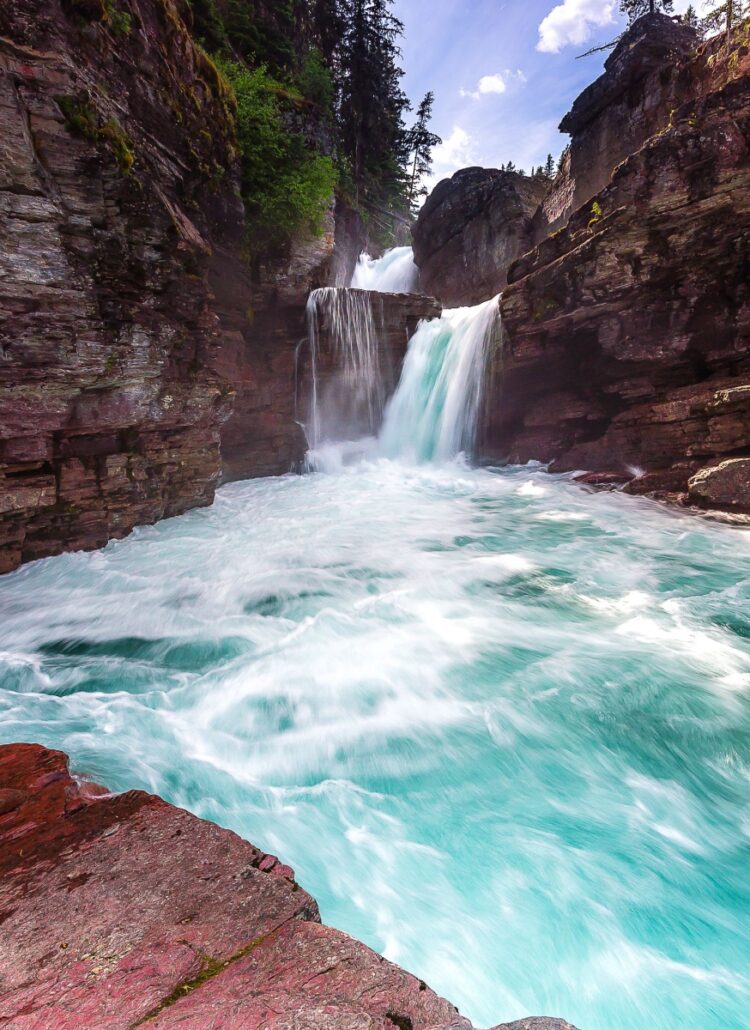
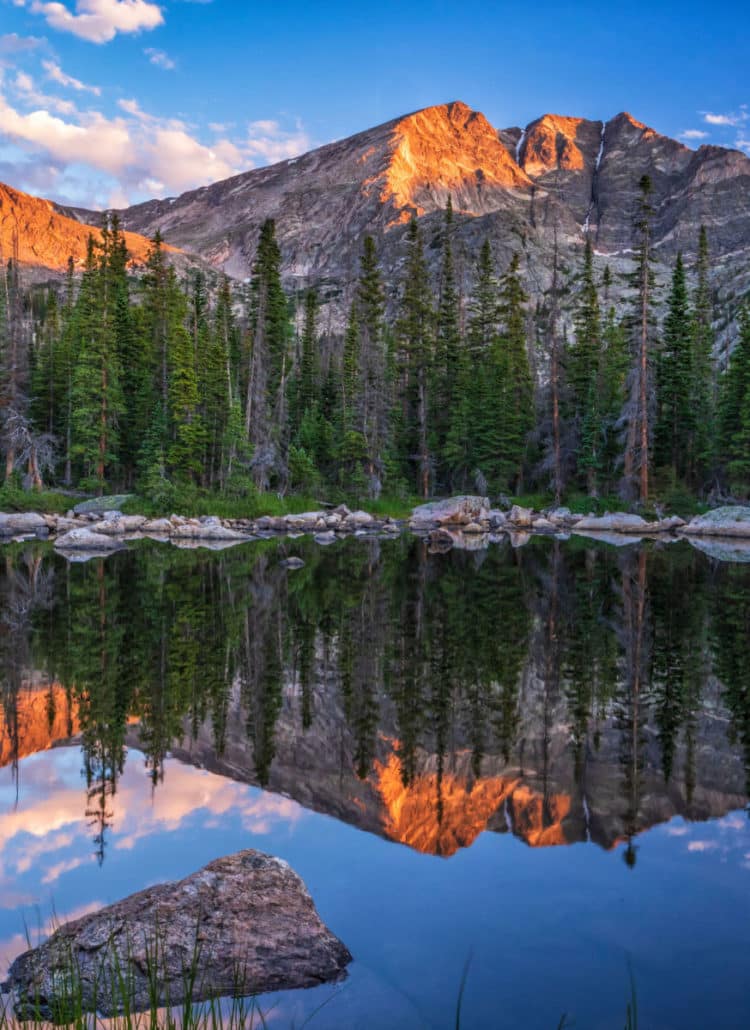
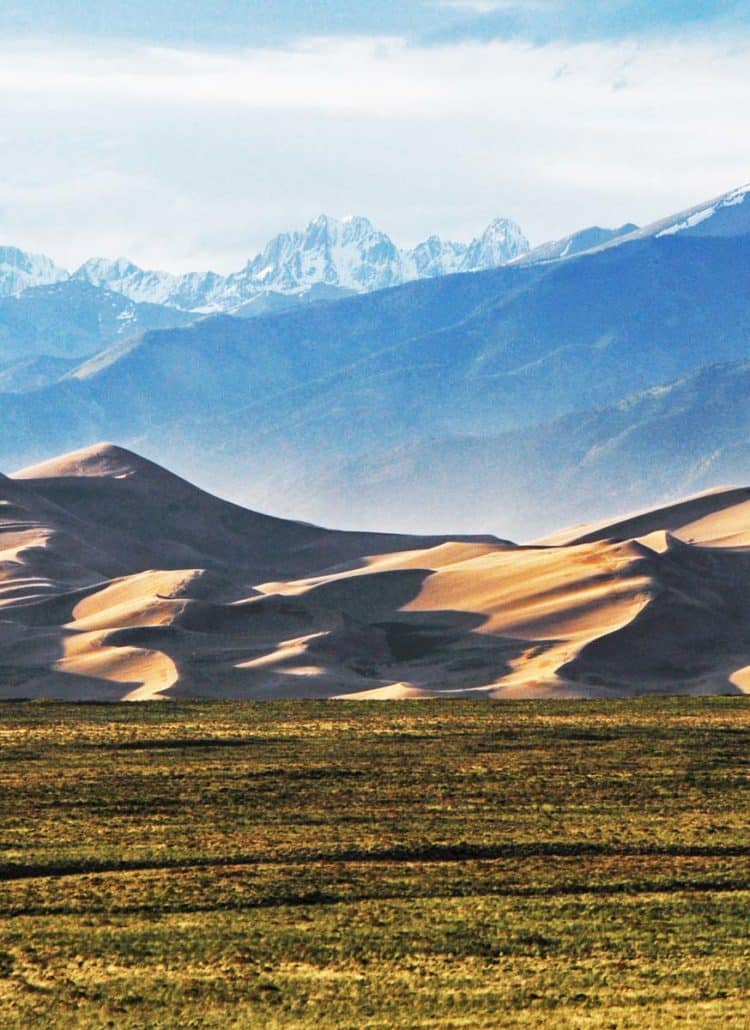
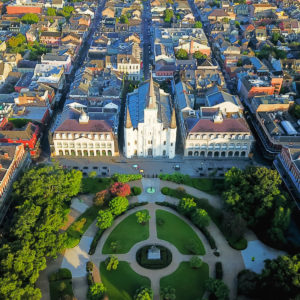

Leave a Reply